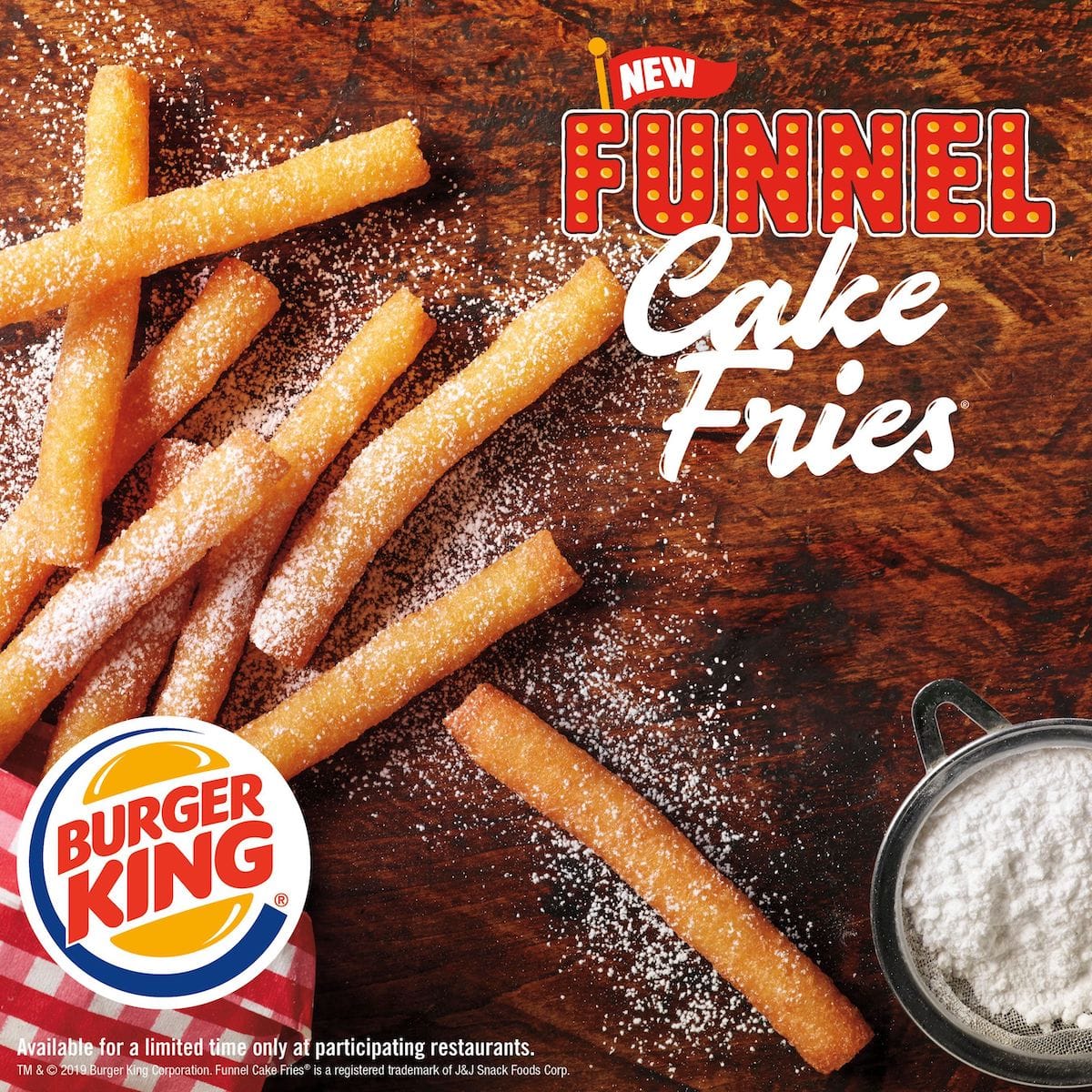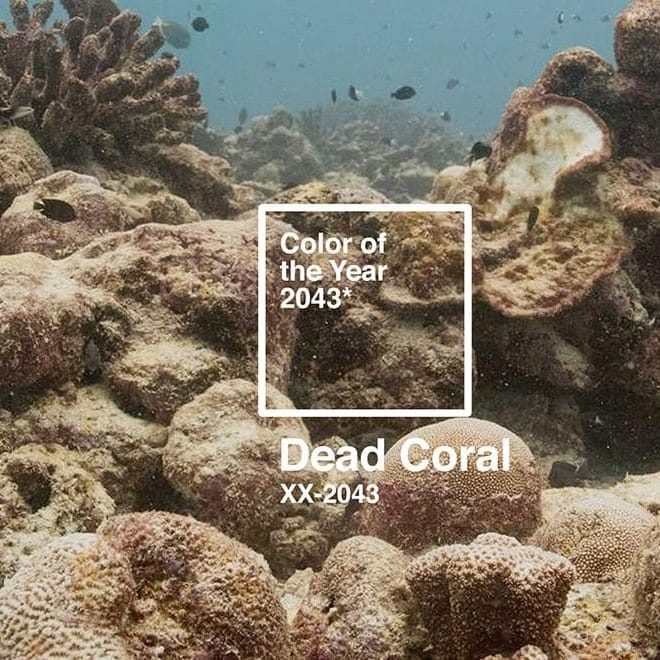It can feel like it’s impossible to keep up the ever-changing landscape of social media. As tempting it is to look forward, looking back can teach us some valuable lessons. Here is what our experience has taught us.
A thought exercise. Imagine telling your #tenyearchallenge self from 2010 that you would be getting all of your news about a worldwide pandemic from Facebook. You might have shrugged your shoulders and wondered how someone’s wall would act as a Public Health Service – or did the news come via a poke?
Yet, that exact scenario is where we are at. Social media has transformed the way we experience the world. And that’s not hyperbole. Social media is so ubiquitous, and we have adopted it so whole-heartedly that we wonder how we shared information and our stories before it existed.
The Competitive Sport Of Social Media Marketing
The numbers back up how rampantly we have adopted social media. In 2010, the number of users on popular platforms was in the millions. It is now in the billions. As an example, Facebook surged from covering around 1.5% of the world population in 2008 to around 30% now. A third of the population is on Facebook – imagine telling that to your 2010 self.
The increase in usage means a larger potential audience for brands. If you are a major brand, it is no surprise to you that a social strategy is a prerequisite for success, and you need a team to execute it. Over 75% of businesses have teams dedicated to their social media – making for a highly-competitive landscape.
One-Shot, No Second Chances
Customer experience is pivotal when it comes to social media. A recent survey found that 80% of respondents had a negative interaction with a brand on social media. 65% said that a single bad customer experience is enough for them to not buy from that brand, even if it is a product they highly-value.
Increased competition and followers ready to abandon ship if you make a mistake, what is a brand to do? We have some suggestions.
65% said that a single bad customer experience is enough for them to not buy from that brand, even if it is a product they highly-value.
Key Ingredients For A Social Media Strategy
Reviewing successful campaigns over the years, as well as analyzing our experience and the social successes of our clients, we have highlighted 5 key ingredients to consider when you embark on a social engagement campaign.
- Stay True To Your Brand
- Good Social Starts With A Solid Strategy
- Quality > Quantity
- Success Is Measured In Engagement
- Don’t Be Afraid To Be Different
One of my biggest pet peeves is when blogs tell you to be interesting, creative, or different without any real-world tactics. Don’t worry reader, we have real-world examples of how brands used these ingredients to make for memorable campaigns that created quality social engagement.
Stay True To Your Brand: Hornitos.
Okay, so we said that we have looked over social campaigns over the last decade we definitely included last week.
Hornitos, makers of premium tequila, wanted to celebrate Cinco de Mayo but knew that they would have to take the party online during COVID-19.
The live party featured music by the all-women, Latin Grammy-winning mariachi band Flor de Toloache. A bartender was on hand to show viewers how to make a Hornitos Tequila Margarita, Paloma and Bandera.
Hornitos provided a promo code so that party-goers could order a bottle of its tequila to your doorstep using apps like Drizly.
The Competitive Sport Of Social Media Marketing
If you are going to go back and like tweets from 10 years ago, you definitely came with some strategy.
That is exactly what Burger King did. They were bringing back Funnel Cake Fries, which they introduced in 2009.
They strategically selected social media influencers and generated a conversation by going into the vaults and liking 10 year-old tweets from those influencers. The mystery created buzz, which got people excited when the reveal finally came that Funnel Cake Fries are back.
YouTuber Casey Neistat responded to the odd like from Burger King with a tweet. It generated nearly 500 comments, 290 retweets, and 14,000 “likes.” The simplicity is just *chef’s kiss*


Quality > Quantity: Pantone + Adobe
The Pantone Color Institute announced that the colour of 2019 would be “Living Coral.” Right away, there was a backlash. Coral reefs were being destroyed and Pantone was celebrating the colour – people were not happy.
This launched a partnership between Pantone and Adobe to raise awareness on the destruction of coral reefs due to climate change.
The #GlowingGone social media campaign was all about quality content. Adobe harnessed their creative powers and produced a website, social media channels and a challenge for designers and individuals to get involved.
Creatives were challenged to use the designated colours in codes #0029fd (blue), #FFFF05 (yellow), and #9007f9 (purple) to raise awareness of the threats to coral reefs.
This campaign is a perfect example of how activism can be on-brand and how a brand can respond to negative perceptions.
Don’t Be Afraid To Be Different: Old Spice
The Old Spice Man, you know, the one that your man could smell like, is a stroke of marketing brilliance. It revitalized the brand and brings us to the oldest campaign on our list.
In 2010, they created an interactive campaign that leveraged the popularity of their TV commercials. They had The Old Spice Man create short, funny videos where he talked directly to the camera on a variety of topics. They were posted instantly on social media. He even responded to celebrities joined in the conversation in real-time.

Your Next Social Media Marketing Campaign
The rise of social media is an extraordinary example of how quickly and drastically marketing can change. There are significant changes coming. Some we can predict, like privacy & security concerns, more video, ad-free premium service offerings, and mobile-first social. Others, well we have no crystal ball to predict.
As we have seen looking back, we can hardly guess what the next decade will bring. These lessons from social media marketing history teach us that by developing a solid strategy built on the ingredients we have discussed, your brand can remain successful and grow your audience in the competitive landscape of social media.
Related
ArticleTechnology5 min read
What are Digital Experience Platforms and Why Do They Matter?
Digital Experience Platforms are revolutionizing the customer experience.ArticleTechnology5 min read
API-First Approach to Implementing a Digital Experience Platform
At Y, we believe that the best Digital Experience Platforms (DXPs) are built to preserve the integrity of the data in an API-first solution agnostic manner.ArticleTechnology5 min read
What are Digital Experience Platforms and Why Do They Matter?
Digital Experience Platforms are revolutionizing the customer experience.ArticleTechnology5 min read



